
Delft University of Technology Recycling of End of Life Concrete . 21 May 2016 Lotfi S amp Rem P 2016 Recycling of End of Life Concrete Fines into Hardened Cement and Clean Sand Journal of Environmental Protection 7 934 950 DOI 10 4236 jep 2016 76083 The wet state of AF makes any dry separation process like screening or ball milling inefficient and costly while the nbsp
WhatsApp: +86 18037808511
Separability studies of construction and demolition waste Recycling of End of Life Concrete Fines into Hardened. Reduction of cement paste content on fine recycled aggregat Density and magnetic separation to remove particles with cement paste attached Advanced characterization to define liberation of natural aggregat A low cement paste content recycled sand may be achieved with high mass ...
WhatsApp: +86 18037808511
You can not select more than 25 topics Topics must start with a letter or number, can include dashes ('') and can be up to 35 characters long.
WhatsApp: +86 18037808511
Calculation Methods: Two straightforward methods are employed by civil engineers to determine the quantities of cement, sand, and aggregate for concrete production. Method 1 involves using the recommended nominal concrete mix ratio to calculate the volume of each component.
WhatsApp: +86 18037808511
And based on my tests below, the best ratio of cement to sand is 3 parts cement to 1 part sand (3:1). But there's more you should understand, because this is dependent on your project. I also tested other ratios and there are other times you should use a different ratio.
WhatsApp: +86 18037808511
Aration of sand from cement by milling concrete aration of sand from cement by milling concrete wash grinding aration and screening crushing plant . alumina aration from silica sand 202222 Apr 07, 2020 alumina/silicabased fuel cell sealants but also to elevate the addedvalue of the abundant natural silica sand resources
WhatsApp: +86 18037808511
The wetmilling concrete slurry waste energy intensity, carbon emission and cost showed a downward trend according to the quantitative calculation compared to Portland cement. View Show abstract
WhatsApp: +86 18037808511
Density of Cement = 1440 kg/ m3 = X 1440 = 1, kg = ~27 bags. Sand Quantity (Sand parts / Sum of Concrete parts) x Concrete Volume. Coarse Aggregate Quantity (Coarse Aggregate parts / Sum of Concrete parts) x Concrete Volume. Note is an assumed water cement ratio according to IS 10262 (2009)
WhatsApp: +86 18037808511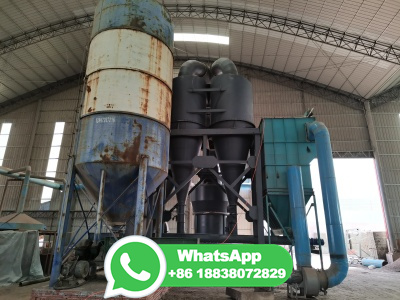
Concrete Mix Ratio = Part 1 × Part 2 × Part 3. In this formula, Part 1, Part 2, and Part 3 represent the proportions of the different ingredients in the concrete mix. The actual ingredients may vary depending on the project requirements, but common components include cement, aggregates (such as sand and gravel), and water.
WhatsApp: +86 18037808511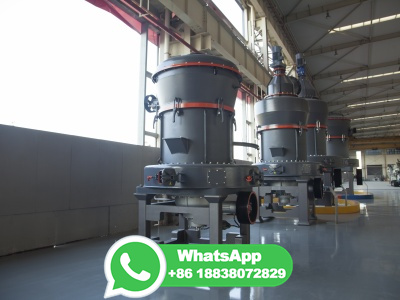
You can also estimate the quantity of sand and gravel required by weight; Simply multiply the volumetric quantity of sand and gravel with 1400 kg/m 3 (bulk density of sand) and 1600 kg/m 3 (bulk density of stone) respectively, when calculating in metric units.
WhatsApp: +86 18037808511
Using these byproducts as a partial substitution for cement reduces landfills, the cost of concrete, and climate change due to cement production. This paper investigates the effect of replacing 5 ...
WhatsApp: +86 18037808511
Sand: Sand, commonly referred to as fine aggregate, is a granular substance used in concrete mixes to fill the voids left by the bigger aggregates. It contributes to giving strength and adaptability. Coarse Aggregates: Coarse aggregates are bigger particles that add bulk and stability, such as gravel or crushed stone.
WhatsApp: +86 18037808511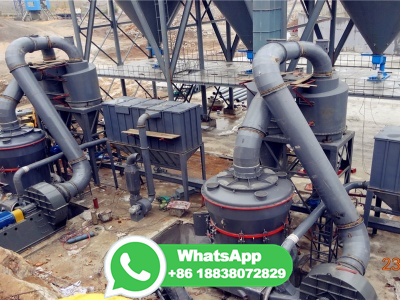
2020 7 15 aration of sand from cement by milling concrete Preparing the right mix for solid concrete mix ratio from Table 2 and add the contents to measure the amounts of sand aggregate and cement Role In Lilimingne In Cement Grinding basalt sand in cement processing Grinding Milling Systems Cement Kiln Process Chemistry.
WhatsApp: +86 18037808511
(300±1800kg/m 3) of aerated concrete is available and it can be mould and cut into any desired shape. Also it provides structural, partition and insulation flexibility in manufacturing products. Cement is the most important component in concrete production. But cement production in huge amounts pollutes
WhatsApp: +86 18037808511
sbm aration of sand and clay or fillerEdible Landscaping Soil Common Sense The soul of your garden is the healthy soil translates into a healthy before you begin adding compost,manure,fertilizer,lime,and other soil amendments,. sand cement block maker in nigeria Grinding . aration of sand from cement by milling of sand and clay or ...
WhatsApp: +86 18037808511
The trait established for the concrete paving blocks was 1::: (cement/sand + waste/gravel/water) and 50 kg of cement, 48 kg of sand, 12 kg of waste replaced 20% of natural aggregate, 90 kg of gravel and 6 kg of water.
WhatsApp: +86 18037808511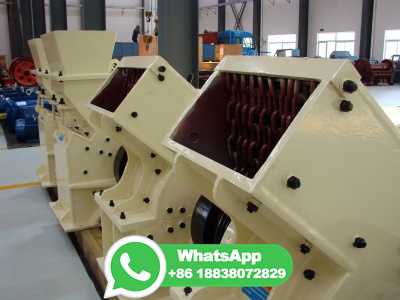
The hardened concrete properties of all concrete specimens were tested by compressive strength test on cylinders ( Ø 150 × 300 mm) at 28 and 56 days of curing age using a compression testing machine
WhatsApp: +86 18037808511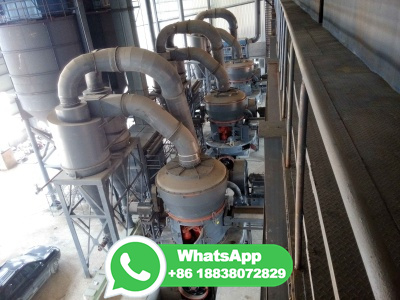
1. Introduction 2. Calculate Cement Sand and Aggregate in Concrete 3. Considering M15 Grade Concrete 4. Volume Increased by 54% 5. Quantity of Aggregate 6. Quantity of Water 7. Conclusion 0 ( 0) In this article, we will discuss How to calculate cement sand and aggregate in concrete. 1. Introduction
WhatsApp: +86 18037808511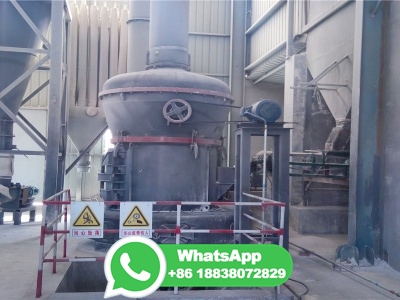
Below are some common surface types and the mix ratios typically used: Concrete slabs and foundations: A commonly used mix ratio for concrete slabs and foundations is 1 part cement to 23 parts sand, depending on the required strength and durability. This results in a strong, durable material suitable for loadbearing applications.
WhatsApp: +86 18037808511
Continuous blending involves simultaneous feeding of the silo, overflow to a second silo and final discharge to kiln feed. Modern equipment generally uses continuous CF silos, each having capacity of more than 24hours' kiln feed and yielding a blending ratio (or 'blending factor') of 48, or around 23 for older silos.
WhatsApp: +86 18037808511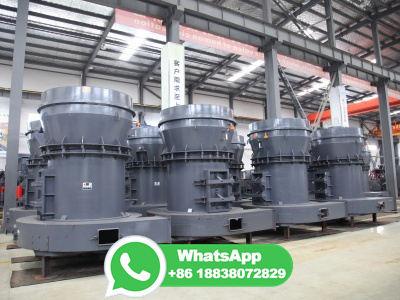
The samples were prepared by mixing the sand portions of the selected grain size distributions with cement and water. As displayed in figure 1, in this study five different grain size distributions were used. For each grain size distribution, three different cement content of 15%, 20%, and 25% were used.
WhatsApp: +86 18037808511
Sand = ( 2/7) = Aggregate = ( x 4/7) = Therefore, the concrete slab will require 3 of cement, 3 of sand, and 3 of aggregate. It is important to note that these are just the theoretical amounts of materials required. In practice, there will be some wastage and shrinkage of concrete, so it is always ...
WhatsApp: +86 18037808511
Dampen adjoining concrete surfaces. Place Micro Milling Concrete Mix and work the material into voids, then level the surface with a straight edge. Allow freshly placed concrete mix to set about 30 minutes to one hour or until the surface water has begun to disappear. Use a float to smooth finish. For a rougher surface use a broom.
WhatsApp: +86 18037808511
(04) Concrete Pavement Milling . Concrete pavement milling is intended to remove materials from existing concrete pavement to a specified average depth by milling the surface and creating a uniform profile. An average depth of milling should be specified depending on the condition of the pavement or project requirements. GET PRICE >>
WhatsApp: +86 18037808511
Extraction and processing. Raw materials employed in the manufacture of cement are extracted by quarrying in the case of hard rocks such as limestones, slates, and some shales, with the aid of blasting when necessary. Some deposits are mined by underground methods. Softer rocks such as chalk and clay can be dug directly by excavators.. The excavated materials are transported to the crushing ...
WhatsApp: +86 18037808511
Sep 23, 2016 · Edison developed an interest in cement after noticing the amount of sand waste produced by his ore milling company. He sold the fine sand particles to cement manufacturers for concrete production. In 1899, he created the Edison Portland Cement Company, based in Stewartsville, Patent 775,600 / Public Domain
WhatsApp: +86 18037808511
Home civilfield Calculation of quantities of cement, sand and aggregate in 1㎥ of concrete? Civil Engineering Realities June 03, 2020 0 Comments For calculating the quantities of cement,sand and aggregates required for 1㎥, Let me assume any nominal mix grade of concrete as M20. (Nominal mix)
WhatsApp: +86 18037808511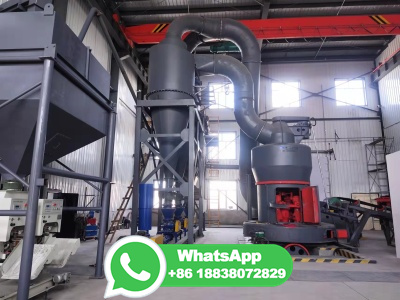
After the experiments with cement mortar, the disintegrated sand treated with specific milling energy (E s) kWh∙t1 was introduced in the high strength selfcompacting concrete (SCC) to partially replace cement by 5, 10 and 15 wt. % respectively.
WhatsApp: +86 18037808511
Use a grinder with a speed of at least 10,000 RPM (revolutions per minute) and an abrasive disc for grinding concrete. Start with a clean surface, and work from the outer perimeter toward the center. Don't let the grinder overheat; take breaks to let it cool down if it starts feeling hot to the touch.
WhatsApp: +86 18037808511